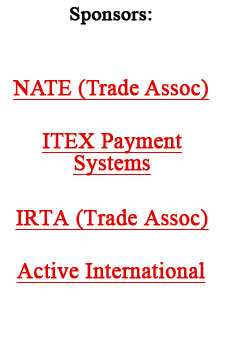|
||||||||
|
(Reprinted from BarterNews issue #52, 2000) How do you sell an account that's in your competitor's hands? Use a barter offer--the most powerful closing tool in existence! OK, so you've called on a high-potential account a number of times... but can't seem to get anywhere. The more time you spend on the account, the more apparent it becomes that one or more of your competitors is deeply ingrained as a supplier to that account. It looks like this account is not really interested in you--not because of you or your company, but because of a previously established relationship with a competitor. So, how do you manage this account? What should you do?
|
about us | about b meyer |
from the desk of | contact us | issues | back issues | consulting services | entrepreneurs package | Competitve Edge | FastStart | order |
classified advertising | affilates | banner ads | first time visitors | travel section | media section | trade exchange
section | corporate barter section | countertrade section | secondary capital
section | real estate section |
trade exchange news 2005 |
marketplace |
community barter section |
restaurant & entertainment
section | USA barter companies | global barter companies | trade exchange owners | sponsors | tuesday report |
2005 Tuesday Reports | 2004 Tuesday Reports | 2003 Tuesday Reports | 2002 Tuesday Reports | 2001 Tuesday Reports | 2000 Tuesday Reports | 1999 Tuesday Reports |




